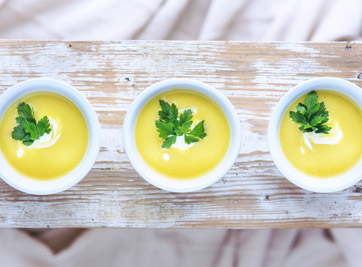
Identifiers
INS No. 104
D&C Yellow No. 10
E 104
CI Food Yellow 13
CAS No. 8004-92-0
Physical Description
Quinoline yellow occurs a yellow powder or granules and is manufactured by sulfonating 2-(2-quinolyl)-1,3-indandione. Quinoline yellow can be converted to a corresponding aluminum lake.
Common Uses
Quinoline yellow can be used to color cosmetics, drugs, and food, including dietary supplements, sauces, soups and broths, bakery, dairy fats and oil, seafood, seasonings, breath fresheners, desserts, and convenient foods, and beverages.
Specifications
Codex GSFA Provisions
Quinoline yellow (INS No. 104) is added to foods and beverages at concentrations up to a maximum permitted level (MPL) as established by the Codex Alimentarius Commission. There are currently 19 food categories for which MPLs for quinoline yellow have been adopted in the General Standard of Food Additives.
Regulatory Approvals
Safety Reviews
Safety evaluation of certain food additives (Eighty-second meeting of the Joint FAO/WHO Expert Committee on Food Additives) WHO Food Additives Series No. 73, 2017 Available online
EFSA Panel on Food Additives and Nutrient Sources added to Food (ANS)Food Additives and Nutrient Sources added to food; Scientific Opinion on the re-evaluation of Quinoline Yellow. EFSA Journal 2009; 7(11):1329. [40 pp.]. Available online
FDA Final Rule, permanent listing, drugs and cosmetics. 48 FR 39217; Aug 30, 1983. Available online